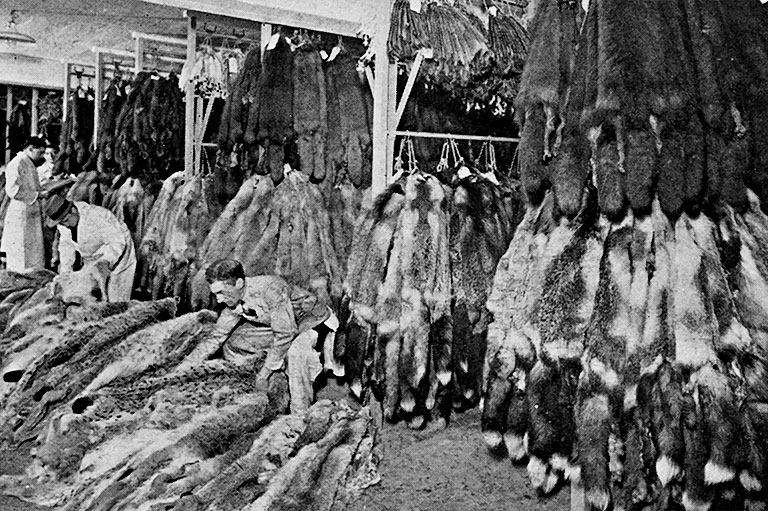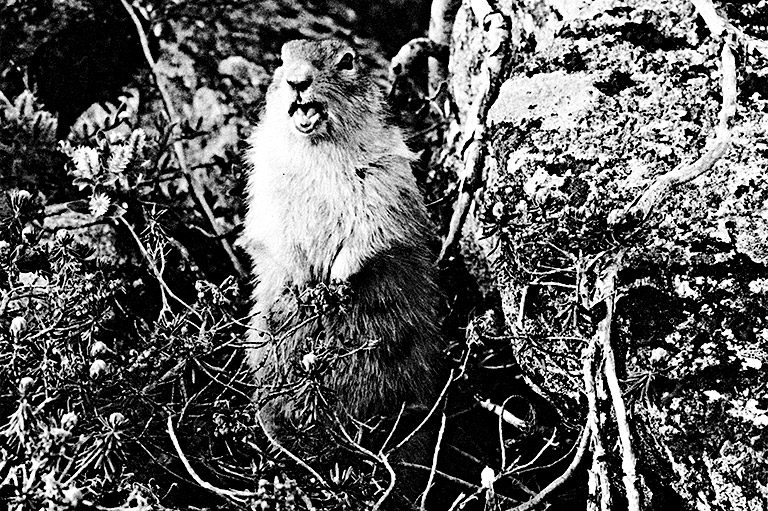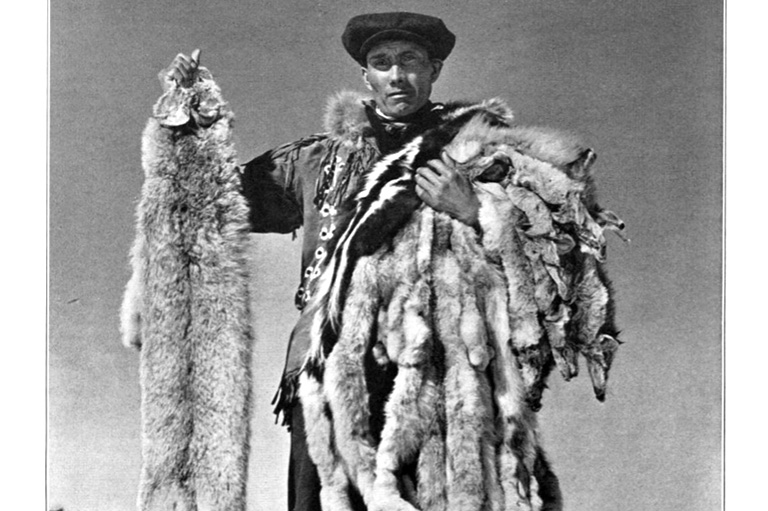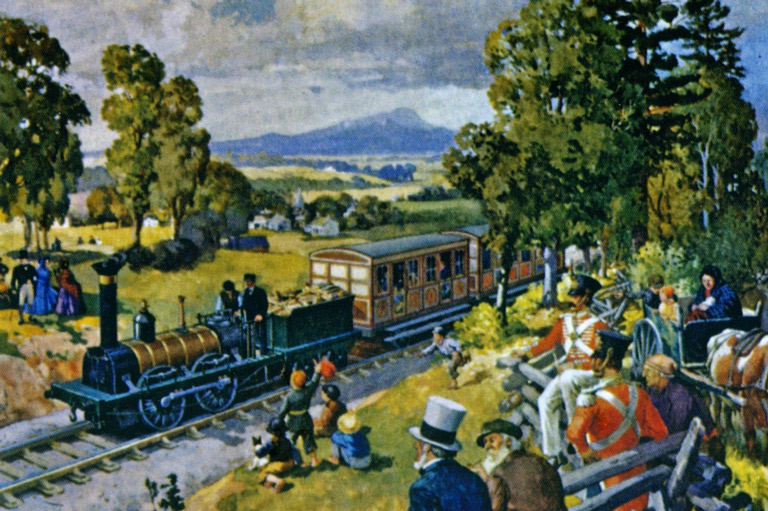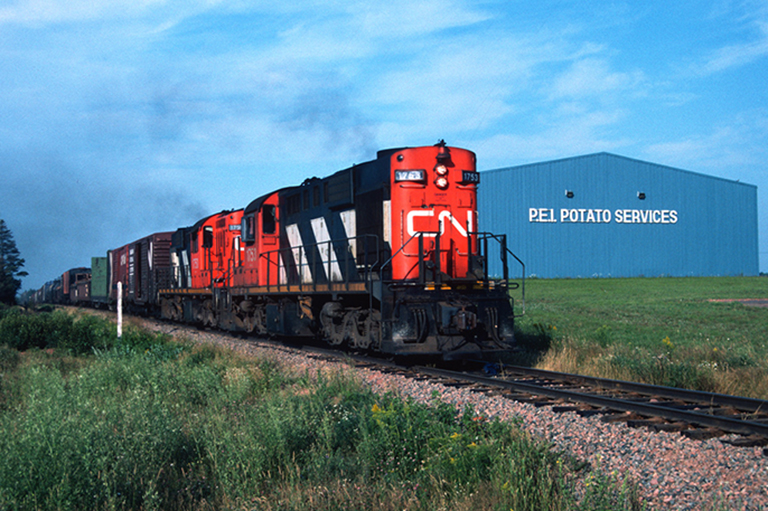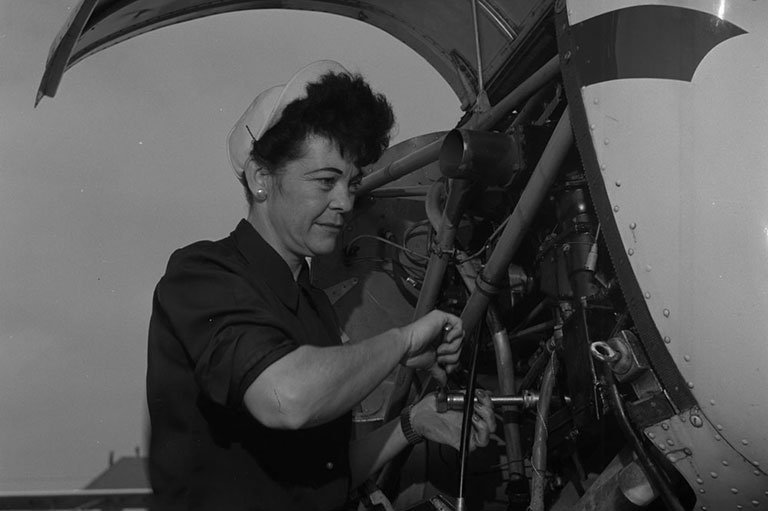Ruff Sledding
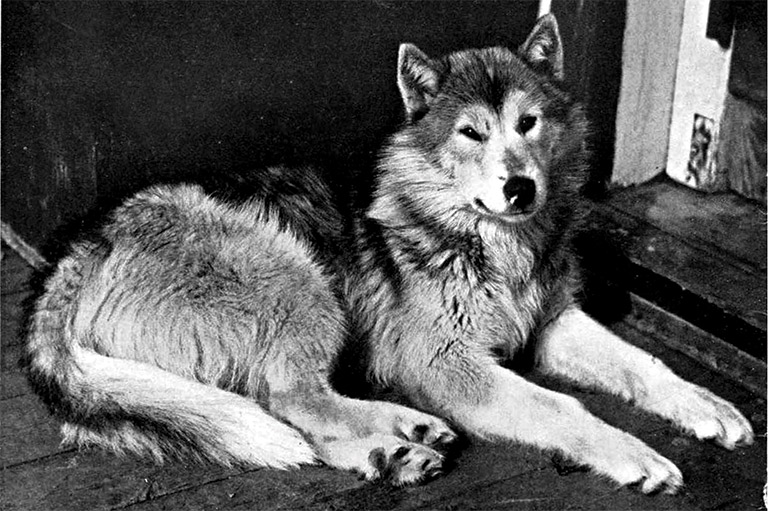

Hauling heavy loads in frigid sub-zero temperatures would make most of us want to pack it in. But for hardy huskies it was all in a day’s work. In the December 1942 issue of The Beaver, readers were given a glimpse of the lives of the intrepid working dogs that for centuries were used as a key mode of transportation in the North.
“Dogs of the Arctic,” written by an unnamed magazine staffer, praised the ferocious-looking and intensely loyal husky dogs as the “unsung heroes of the Arctic.”
The article went on to explain how a husky pup is selected for service at about the age of three months. “Within a year … he is full grown and powerful, and is capable of hauling his full share of the load, or as much as 500 pounds,” the article said.
Husky teams operated under a hierarchical system, with a “boss dog” ruling the pack by “his prowess as a fighter, as well as his seniority.”
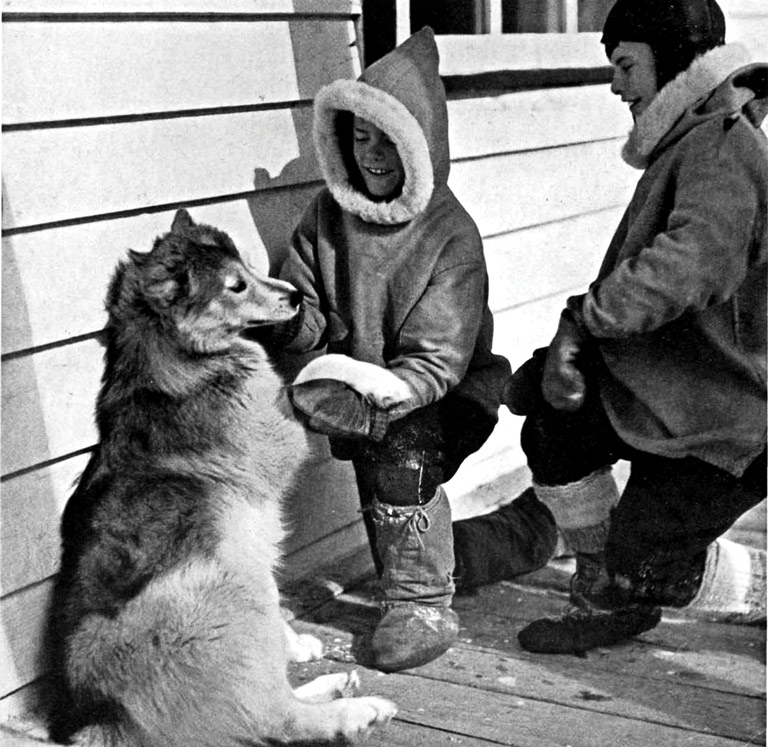
Another key member of a sled team was the lead dog, “who is usually female and often the mother of the whole team.” These dogs are specially selected as puppies and trained to follow mushers’ directional commands to the letter. “It is often up to [the lead dog] to not only find the smoothest routes through the rough craggy ice, but also to find the way back to camp in blinding snowstorms.”
The article also explained the eating habits of huskies, while praising their prowess both in long winter months and during the brief summers, when they worked as pack dogs hauling goods across the tundra.
“In truth, they lead a dog’s life in every sense of the word,” the article said.
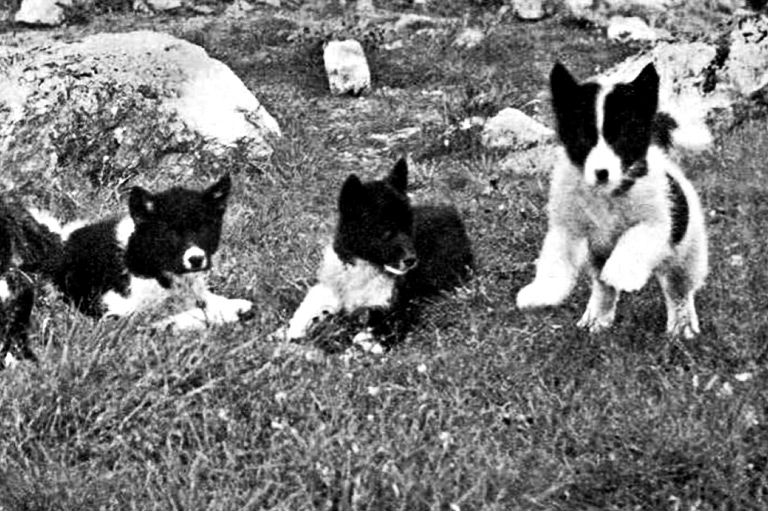
With 7 uniquely curated newsletters to choose from, we have something for everyone.
Themes associated with this article
Advertisement
You might also like...

Canada’s History Archive, featuring The Beaver, is now available for your browsing and searching pleasure!

